Korean Tea Culture Park (한국차문화공원)
9.0Km 19957 2021-01-28
775, Nokcha-ro, Boseong-gun, Jeollanam-do
+82-61-852-0918
Korean Tea Culture Park was established in honor of Boseong's specialties of green tea and music. The park is located next to the famous green tea fields in Boseong, which draw over 3 million visitors ever year. The park is comprised of Korean Tea Museum, Soricheong Performance Hall, and Bungnu Pavilion, and hosts a wide range of performances throughout the year.
Boseong Tea Plantation Light Festival (보성차밭 빛축제)
9.0Km 53810 2022-12-14
775, Nokcha-ro, Boseong-gun, Jeollanam-do
• 1330 Travel Hotline: +82-2-1330 (Korean, English, Japanese, Chinese) • For more info: +82-61-850-5211~4
Since 2000, Boseong Tea Plantation Light Festival has served as a reputed light festival of Korea. The festival uses decorative lights, media facade, special lights, illumintated objects, and more for a festive mood and to promote Boseong.
Boseong Green Tea Festival (보성다향대축제)
9.0Km 68384 2024-03-20
775 Nokcha-ro, Boseong-gun, Jeollanam-do
+82-61-850-5211~4
Boseong is considered the birthplace of the commercial tea industry and is the largest producer of tea in the country. At the Boseong Green Tea Festival, some of the most popular festival events are the hands-on experience programs such as picking tea leaves, making tea, and sampling green tea snacks.
Tea Museum of Korea (한국차박물관)
9.0Km 8708 2019-03-18
775, Nokcha-ro, Boseong-eup, Boseong-gun, Jeollanam-do
+82-61-852-0918
The Tea Museum of Korea was built to preserve Korea’s tea culture and celebrate the history of Boseong tea, which dates back as far as the Baekje Era. Each of the three floors of the museum is unique and focuses on a different aspect of tea. On the first floor is the Tea Culture Hall, which explains the process of tea production through graphic panels, videos, and dioramas. The Tea History Hall on the second floor exhibits tea wares and tools from different periods in history, showcasing the evolution of tea culture over time. The third floor houses the Tea Life Hall, which is dedicated to education and hands-on experiences and gives visitors a chance to discover the tea cultures of Korea, China, Japan, and Europe as well as various tea tools from other countries. Visitors can further delve into the world of tea by visiting the Tea Making Workshop, which is equipped with facilities to make different types of green teas.
Boseong Green Tea [Tax Refund Shop] (보성녹차)
9.4Km 1 2024-04-18
750, Nokcha-ro, Boseong-eup, Boseong-gun, Jeollanam-do
-
Yulpo Beach (Solbat Beach) (율포해수욕장(솔밭해변))
9.8Km 5376 2021-07-15
24, Uam-gil, Boseong-gun, Jeollanam-do
+82-61-850-5211
Yulpo Beach is a scenic beach with a 60-meter-wide, 1.2-kilometer-stretch of silver sand between the sea and a forest of 100-year-old pine trees. Despite its location in a small fishing village, the region’s famous green tea and beautiful beaches have resulted in attracting many tourists to Yulpo Beach. The area has become a family summer resort, fully equipped with accommodation and leisure facilities.
Military Headquarters of Jeolla-do Province, Gangjin (강진 전라병영성)
15.0Km 18272 2020-05-19
175, Byeongyeongseong-ro, Gangjin-gun, Jeollanam-do
+82-61-430-3362
Jeolla Byeongyeongseong is a fortress located in Seongdong-ri, Byeongyeong-myeon, Gangjin-gun, Jeollanam-do. It played an important role as the main headquarter of the entire southwest region of the military in the Joseon era during the Japanese Invasion of Korea and Jeongyujaeran (the 2nd Japanese Invasion).
Built in 1414 during the time of King Taejong (17th year of his rule), the fortress spans over a 1,060m in length and has kept its original bottom base intact. Three Sugumun main gates, seven Ongseong, building sites, foundation stones, and 25 tombstones also remain. In addition, it is the best preserved fortress among the remaining fortresses in the Namhae area. Hamel, a Dutch sailor, drifted in the site from 1656 during the 7th year of King Hyojeong to 1663 during the 4th year of King Hyeonjeong in the Joseon dynasty and wrote a novel named ‘The Journal of Hendrick Hamel’ after visiting the area. His novel explained Korean policy, culture, and traditions of the time to the Western world.
Jangheung Jeongnamjin (정남진(장흥))
16.8Km 9057 2021-09-04
Gwansan-eup, Jangheung-gun, Jeollanam-do
+82-61-860-5772
Jangheung-gun’s Jeongnamjin is the warmest place on the Korean mainland. The region has a diverse natural environment including stunning views of mountains, fields, the ocean, lakes, rivers and streams. It also has several cultural and tourist sites such as Cheongwansan Mountain, Bangchon Cultural Village, and Borimsa Temple, one of the three Borimsa Temples in Asia.
The Jeongnamjin district has a wide variety of tourist attractions nearby such as the Samsan Embankment; a provincial park on Cheongwansan Mountain; a literature park; and Sodeungseom Island, a famous sunset attraction often used as a filming location and festival grounds. A number of festivals are held around the area to promote the region's diverse produce and beauty.
Cheongwansan Eulalia Festival (천관산 억새제)
17.1Km 9780 2021-01-22
Gwansan-eup, Jangheung-gun, Jeollanam-do
• 1330 Travel Hotline: +82-2-1330
(Korean, English, Japanese, Chinese) • For more info: +82-61-863-7071
Cheongwansan Eulalia Festival takes place between mid-September and mid-October when the fields turn white or gray with sunlight. The best time of the day to take in the beauty of the eulalia field is before nine in the morning and after five in the afternoon. The view of eulalia waves in the breeze at Cheongwansan Mountain is a sight to be seen.
Cheongwansan Provincial Park (천관산도립공원)
17.4Km 16367 2021-12-07
Cheongwansan-gil, Jangheung-gun, Jeollanam-do
+82-61-867-7075
Cheongwansan Provincial Park is located on Cheongwansan Mountain, which is considered one of the best mountains in southwest Korea, along with Jirisan, Naejangsan, Wolchulsan and Naebyeonsan mountains. The name of Cheongwan comes from the fact that the surrounding boulders resemble a thorny crown worn by an emperor. In autumn, fields of silver grass unfold around the mountain peak, allowing for the Cheongwansan Silver Grass Festival to take place on Yeondaebong (silver grass plain). Also, from the top of the mountain, several grand landmarks like Dadohae archipelago, Wochulsan Mountain and Mudeungsan Mountain in nearby cities can be seen. On a clear day, visitors can even see Hallasan Mountain on Jeju Island. In the middle of the mountain is Cheongwansa Temple, which houses precious cultural properties including Cheongwansa Three-Story Pagoda (Treasure No. 795), Cheongwansa Seokdeung (stone lantern), Five-Story Pagoda, and Jangheung Tapsansaji Seokdeung (stone lantern).
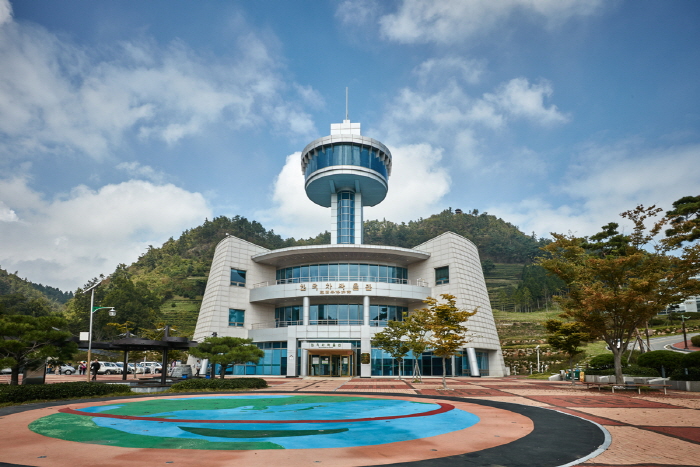
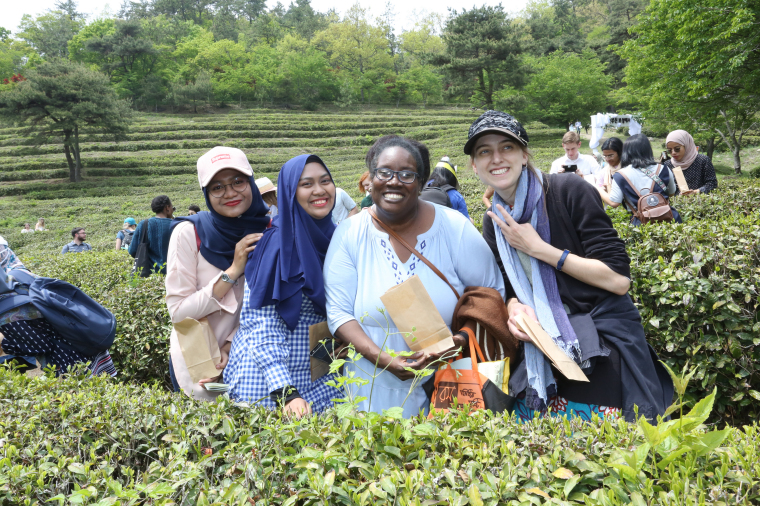
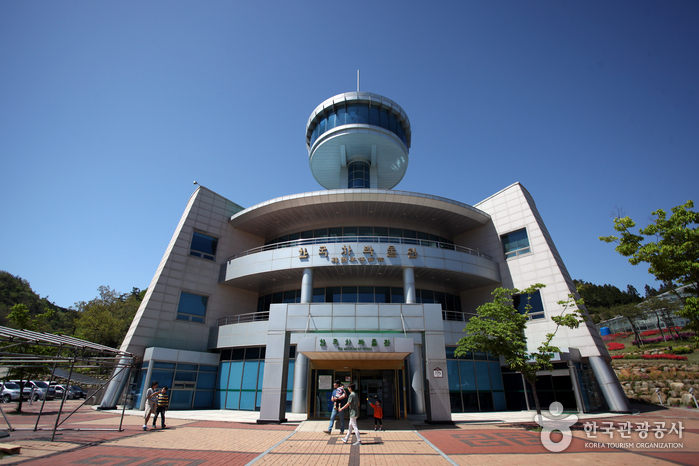
![Boseong Green Tea [Tax Refund Shop] (보성녹차)](http://tong.visitkorea.or.kr/cms/resource/35/2890435_image2_1.jpg)

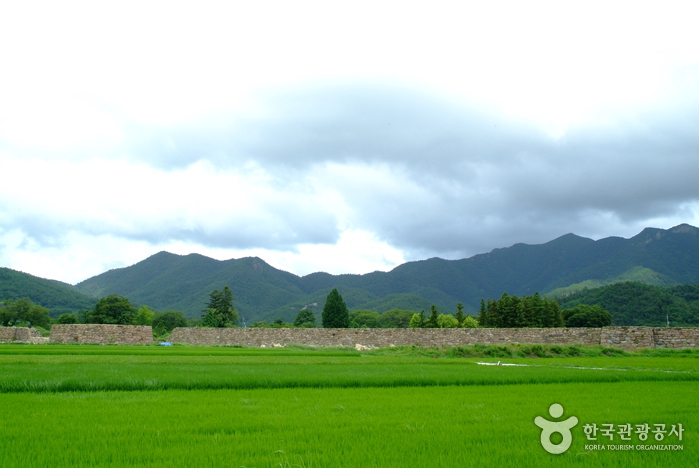
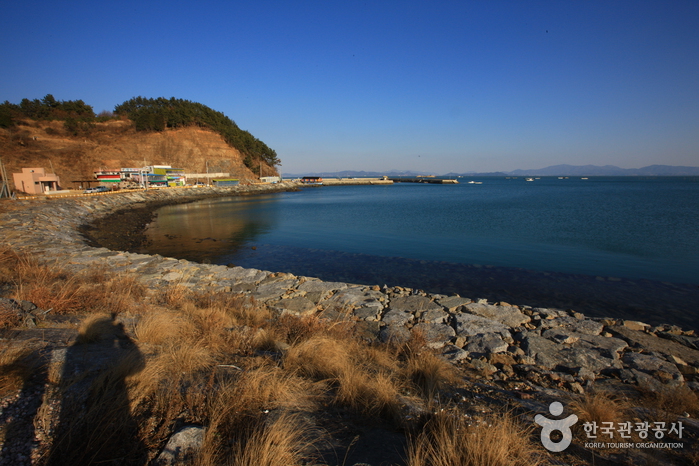
 English
English
 한국어
한국어 日本語
日本語 中文(简体)
中文(简体) Deutsch
Deutsch Français
Français Español
Español Русский
Русский